 | Andromeda galaxy M31. 8mm/f4.8 refractor + Atik 383L + autoguider. 20x300s. |
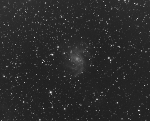 | Fireworks galaxy NGC6946. 8RC/f6 + Atik 383L + autoguider. 12x300s 2x2 binning. |
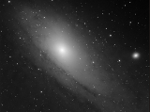 | Andromeda galaxy (M31) and M32. 8RC/f6 + Atik 383L + autoguider. 15x60s. |
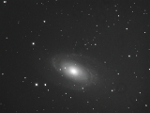 | Bode's galaxy (M81). First light with the new 8RC/f8 + Atik 383L + autoguider combination. 8x600s, 2x2 binning. |
 | Andromeda galaxy (M31) and companion (M110). Canon EOS 350D, 250mm telelens piggyback on LX200. |
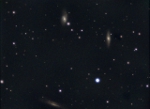 | Three galaxies in Leo, WO Z80 refractor. |
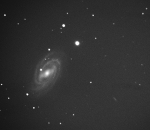 | April 10, 2010. M109 in Ursa Major, 10" LX200 f/6.7, ATIk 16HRC, 20x60sec. |
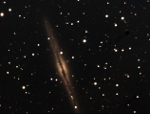 | December 14, 2009. A cold winter night, with very good seeing. Galaxy NGC891 in andromeda (17x1 min), 10" LX200/ATIk 16HRC. |
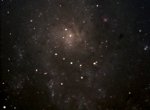 | December 14, 2009. Pinwheel galaxy M33 in Triangulum (30x1 min). 10" LX200/ATIk 16HRC. |
 | June 13, 2009. Two galaxies M81 (right) and M82 (left) in Ursa Major. stack of 21 60s exposures, William Optics Z80 (piggyback on LX200) and ATK 16HRC. |
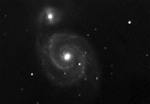 | april 1, 2009. Galaxy M51 in Ursa Major. Stack of 24 30s exposures. 10" LX200GPS @ f/6.7, ATK 16HRC. |
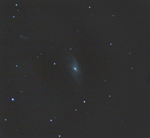 | This image of M106 was taken on January 28, 2006. 10" LX200 @f/6.3, EOS350D and 2 minutes exposure. |
 | October 12, 2009. Image of core of M31 ("andromeda nebula") in Andromeda, William Optics Z80 with ATIK 16HRC, stack of 8 images, total 32 minutes exposure. In the right bottom corner, another galaxy (M110) is visible. |

